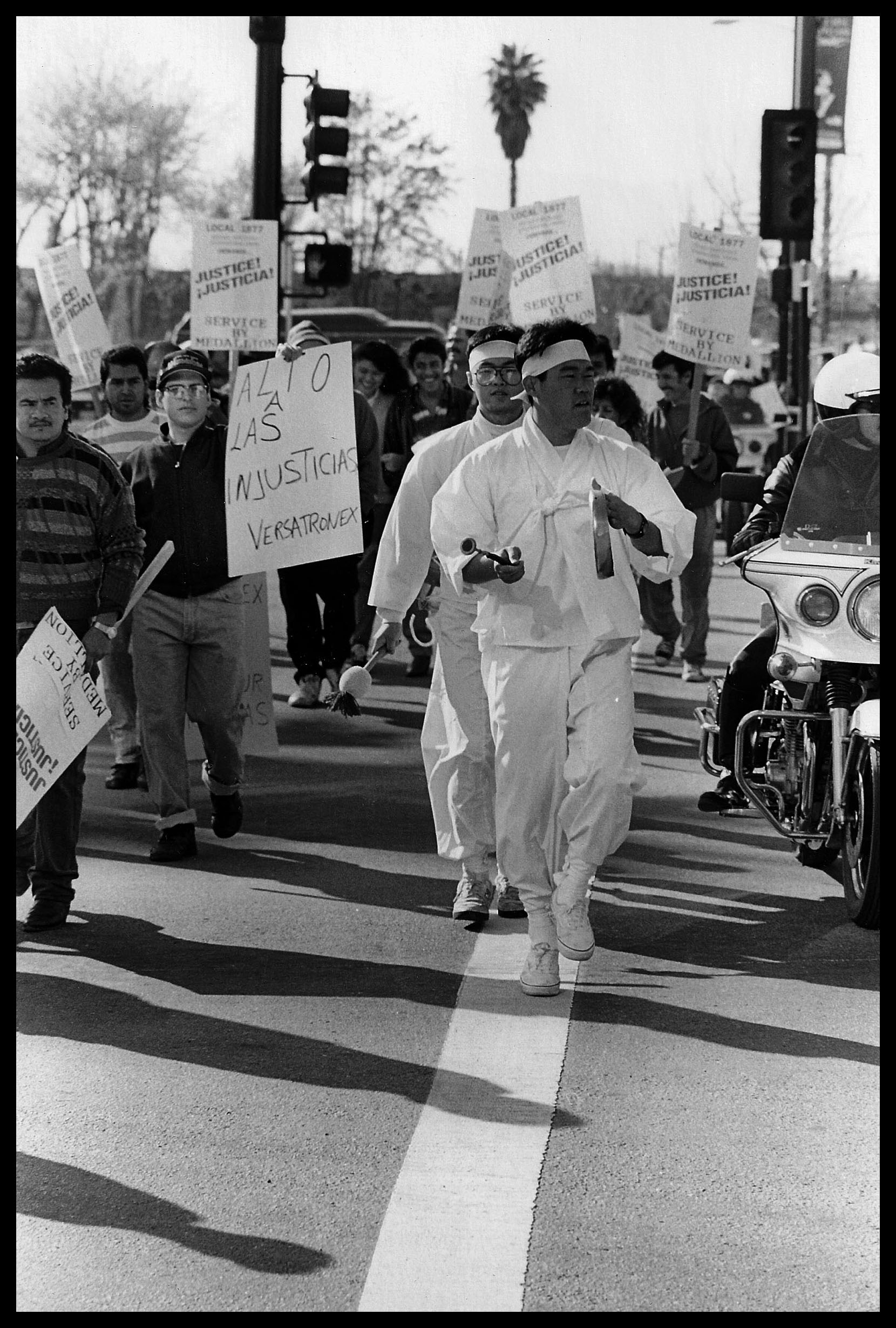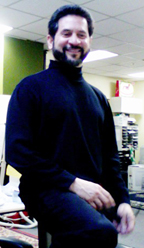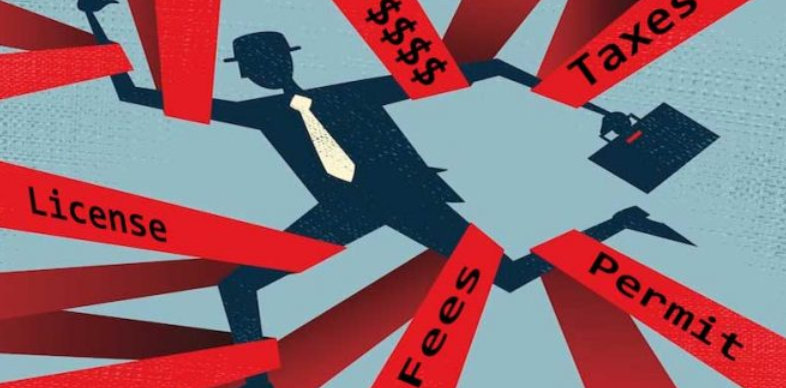How activism developed in Santa Clara Valley
by David Bacon
In the 1960s the upsurge of the civil rights and anti-war movements transformed the politics and social movements of the Santa Clara Valley. In part, this reflected growing population and changing demographics.
In 1950 Santa Clara County’s population was 290,000, and 12 percent were people with Spanish names. By 1970 the population had grown to over a million, and while Spanish-named people were still 12 percent, their numbers had swelled to 129,000. As significant, the 2,333 Filipinos in the county in 1960 had exploded to 28,000 in 1980, and 60,000 in 1990, as they became one of the most important parts of the workforce in the electronics industry of Silicon Valley. By 1990 the Hispanic category used by the Census that year included 307,000 people-now over 20 percent of the population.
Key among the organizers of the civil rights era was Sofia Mendoza. She and her husband Gil fought discrimination in San Jose from the time she was a student in college. In the 1960s she and other Chicano community activists in the East San Jose barrio began organizing against the Vietnam War. “I was extremely bothered because not only were they killing our young men in Vietnam, they were also killing them here in the streets of San Jose,” she later explained.
1960s Chicano movement mobilizes against police brutality
The first of the Chicano student blowouts, which helped launch the Chicano movement, took place at San Jose’s Roosevelt Junior High in 1968. Rosalio Muñoz came up from Los Angeles to support the students, and talked with Mendoza. He then went back to LA where he, Carlos Muñoz and other activists started the student walkouts there. Rosalio Muñoz later became a primary organizer of the huge Chicano Moratorium march against the Vietnam War up Whittier Boulevard, where Ruben Salazar was shot by Los Angeles police and killed.
In San Jose the movement began organizing marches on City Hall, and formed a committee to stop police brutality, the Community Alert Patrol. “We just had it,” Mendoza remembered. “We had reached our limit. The police had guns, mace and billy clubs. They were always ready to attack us. It seemed as if nobody could stop what the police were doing.”
But CAP did stop them. One march mobilized 2000 people. Its members monitored police activity, much as the Panthers were doing in Oakland, documenting police beatings and arrests. Students organizing for ethnic studies classes at San Jose State University became some of CAP’s most active members, at the same time fighting to get military recruiters off the campus. CAP had the participation of Communists, socialists, Chicano nationalists and other leftwing groups.
Mendoza, her comrade-in-arms Fred Hirsch, and others saw that the area needed a multi-issue organization to confront the many problems people faced in the barrios-discriminatory education, lack of medical services, poor housing, and of course the police. “We wanted an organization that was not limited to one ethnic group, that would organize our entire community,” she later recalled, “so we called ourselves United People Arriba-United People Upward. We liked the term ‘United People’ because it got the idea across that people from different ethnic backgrounds were coming together in San Jose to work for social change-Blacks, Mexicans, Puerto Ricans and whites working together in one organization.” Today organizations in Silicon Valley carry on the legacy of UP Arriba and the anti-deportation fights-from Silicon Valley De-Bug’s Albert Covarrubias Justice Project to the community organizing of Somos Mayfair to the Services, Immigrant Rights and Education Network.
Mendoza went to El Salvador, Nicaragua and Vietnam during the U.S. military interventions, and in 1973 she went to Moscow as a delegate to a congress of the World Peace Council. She was motivated, not just by the deaths of young Chicanos in Vietnam, but by the transformation of her valley by the Cold War. The Westinghouse plant in Sunnyvale was making nuclear missile tubes for Trident submarines. The plant where Gil worked started making farm equipment, but then switched to building tanks and armored personnel carriers.
Most of all, she saw food processing replaced by the growth of the huge electronics industry. Del Monte finally closed its Plant 3, at one time one of the largest and most modern in the world, in 1999-the end of the canning industry in San Jose. The last of the big canneries is today a condominium complex.
Defense contracts feed tech industry
One of the oldest myths about Silicon Valley is that its high tech innovations were the brainchildren of a few, brilliant white men, who started giant corporations in their garages. In fact, the basic inventions that form the foundation of the electronics industry, especially the solid-state transistor, were developed at Bell Laboratories, American Telephone and Telegraph, Fairchild Camera and Instrument, and General Electric.
These innovations were products of the Cold War-of the arms race after World War II. The Defense Advanced Research Projects Agency was founded in 1958 and provided basic research at taxpayer expense that enabled the electronics industry-especially chipmakers-to launch startups that were then fed by military contracts. Long before the appearance of the personal computer, high tech industry grew fat on defense contracts and rising military budgets. Its Cold War roots affected every aspect of the industry, from its attitude towards unions to the structure of its plants and workforce.
As the electronics industry began to grow in the 1950s, a fratricidal struggle within the U.S. labor movement led to the expulsion in 1949 of unions like UCAPAWA and the union founded to organize workers in the electrical industry-the United Electrical, Radio and Machine Workers of America (UE). Only the ILWU and the UE survived as independent unions, and the UE went from 650,000 at the end of World War II to about 60,000 at the beginning of the 1980s. As a result, while the new high-tech industry was growing in the Santa Clara Valley, support for workers organizing unions in the expanding plants virtually disappeared.









